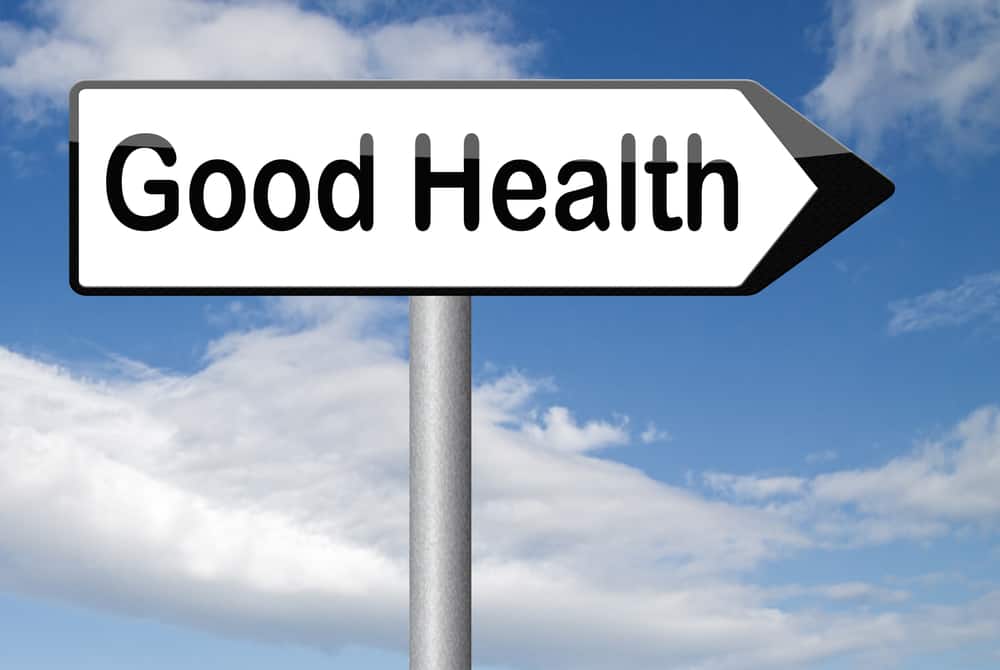Shake That Weight ™ • 2nd September 2015 • 9 years ago
Important facts on Ketosis

Get into optimal ketosis
Warning: Not recommended for type 1 diabetics, see below.
Struggling to lose weight? It might be a good idea to bring out the heavy artillery: optimal ketosis. Many people stalling at weight plateaus while on a low carb diet have found optimal ketosis helpful. It’s what can melt the fat off once again.
So how does this work? A quick run-through: The first tip was to eat low carb. This is because a low-carb diet lowers your levels of the fat-storing hormone insulin, allowing your fat deposits to shrink and release their stored energy. This tends to cause you to want to consume less calories than you expend – without hunger – and lose weight. Several of the tips mentioned above are about fine-tuning your diet to better this effect.
How do you know you’re getting the maximum hormonal impact from your low-carb diet? You do that by achieving what’s known as “optimal ketosis”.
Ketosis
Ketosis is a state at which the body has an extremely high fat-burning rate. Even the brain runs on fat, via ketone bodies. These are energy molecules in the blood (like blood sugar) which become fuel for our brains after being converted from fat by the liver.
To encourage ketone production, the amount of insulin in your bloodstream must be low. The lower your insulin, the higher your ketone production. And when you have a well-controlled, sufficiently large amount of ketones in your blood, it’s basically proof that your insulin is very low – and therefore, that you’re enjoying the maximum effect of your low-carbohydrate diet. That’s what’s called optimal ketosis.
Measuring ketones
Today, there are reasonably-priced gadgets available for measuring ketone levels at home. One needle prick of the finger, and in just a few seconds you’ll know your blood ketone level.
Blood ketones are best measured on a fasted stomach in the morning (before breakfast, that is). Here are a few pointers on how to interpret the result:
Below 0.5 mmol/L is not considered “ketosis”. At this level, you’re far away from maximum fat-burning.
Between 0.5-1.5 mmol/L is light nutritional ketosis. You’ll be getting a good effect on your weight, but not optimal.
Around 1.5 – 3 mmol/L is what’s called optimal ketosis and is recommended for maximum weight loss.
Values of over 3 mmol/L aren’t neccessary. That is, they will achieve neither better nor worse results than being at the 1.5-3 level. Higher values can also sometimes mean that you’re not getting enough food. For type 1 diabetics, it can be caused by a severe lack of insulin, see below.
Ketones in urine
Ketone levels can also be measured in a more old-fashioned way, with urine test sticks (sold prescription-free in pharmacies). Ketone sticks give less reliable results for several reasons, and the above recommendations can’t be straightforwardly applied to them. They are, however, much cheaper.
How to achieve optimal ketosis
Many who firmly believe they are eating a strict low-carb diet are surprised when they measure their blood ketones. They may be at around only 0.2 or 0.5 – quite far off from the sweet spot! Why?
The trick here is not only to avoid all obvious sourced of carbohydrate (sweets, bread, spaghetti, rice, potatoes), but also to be careful with your protein intake. If you eat large amounts of meat, eggs and the like, the excess protein will converted into glucose in the body. Large amounts of protein can also raise your insulin levels somewhat. This compromises optimal ketosis.
The secret to getting around this is usually to eat your fill with more fat. For example, if you have a bigger helping of herb butter to your steak, you might not feel like having a second steak, and instead feel satisfied after the first one.
A popular trick people use to ingest more fat is “fat coffee” (sometimes called “Magic Bullet Coffee” or MBC). It involves adding one tablespoon of butter and one tablespoon of coconut oil to your (morning) coffee, and requires a food blender for the right texture.
More fat in your food will fill you up more. This will ensure you eat less protein, and even less carbohydrate. Your insulin will drop and, hopefully, you’ll be able to reach optimal ketosis. And that’s when many a stubborn weight plateau is overcome.
If it doesn’t work
Being in optimal ketosis for a prolonged period of time (say, a month) will ensure that you experience the maximal hormonal effect from eating a low-carb diet. If this doesn’t result in noticeable weight loss, you can be certain that too many carbs are NOT part of your weight issue and not the obstacle to your weight loss. There are, in fact, other causes of obesity and being overweight.
Try it
Order a ketone meter online and start measuring. There are a few different models.
A word of warning
If you have type 1 diabetes, you should not follow the above advice on optimal ketosis – it may be risky. If you have ketones in your blood at all, you must be sure that your blood sugar levels are normal. If they are, you’re in normal ketosis – just like the ketosis of healthy people who stick to a strict low carb diet.
High blood sugar levels coupled with high blood ketones, on the other hand, will mean that you have a pathologically low level of insulin – something non-diabetics do not suffer from. This can lead to ketoacidosis – a potentially life-threatening condition. If this happens, you’ll need to inject more insulin; if you’re at all unsure of what to do, contact a medical professional. Coveting really high blood ketones for weight control is not worth the risk for type 1 diabetics.








